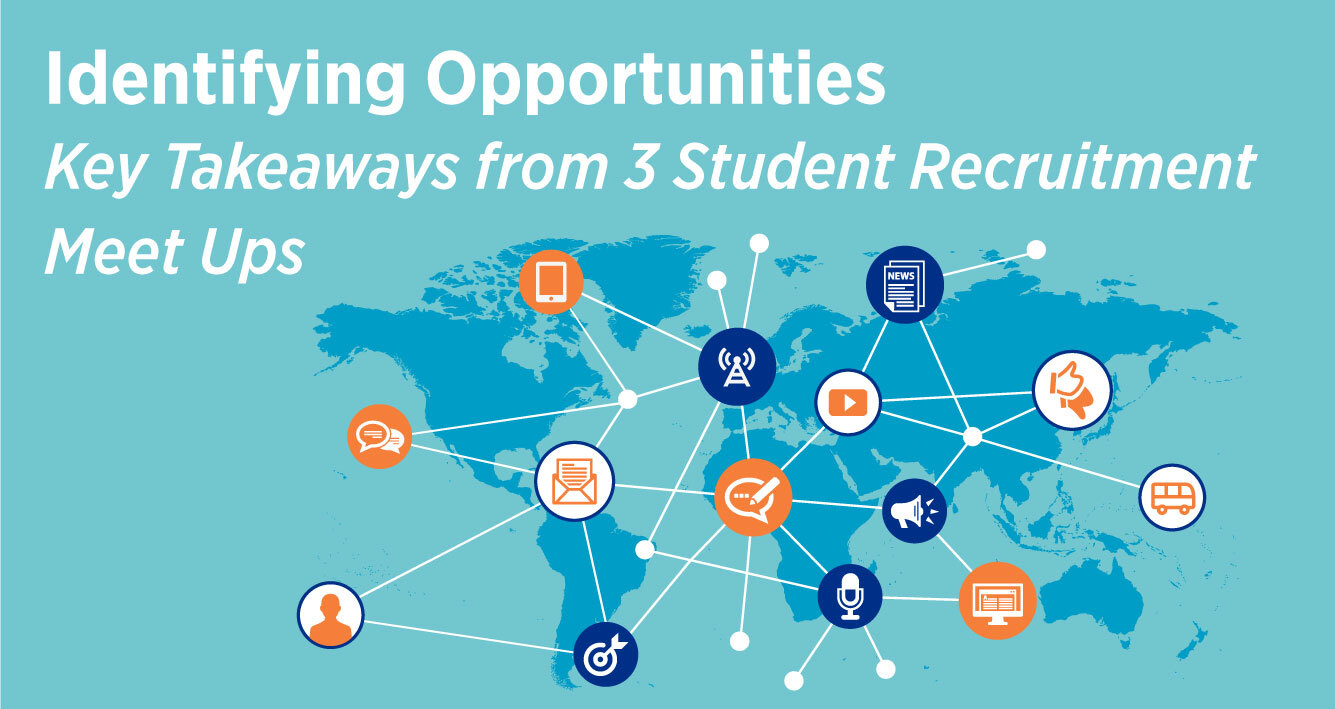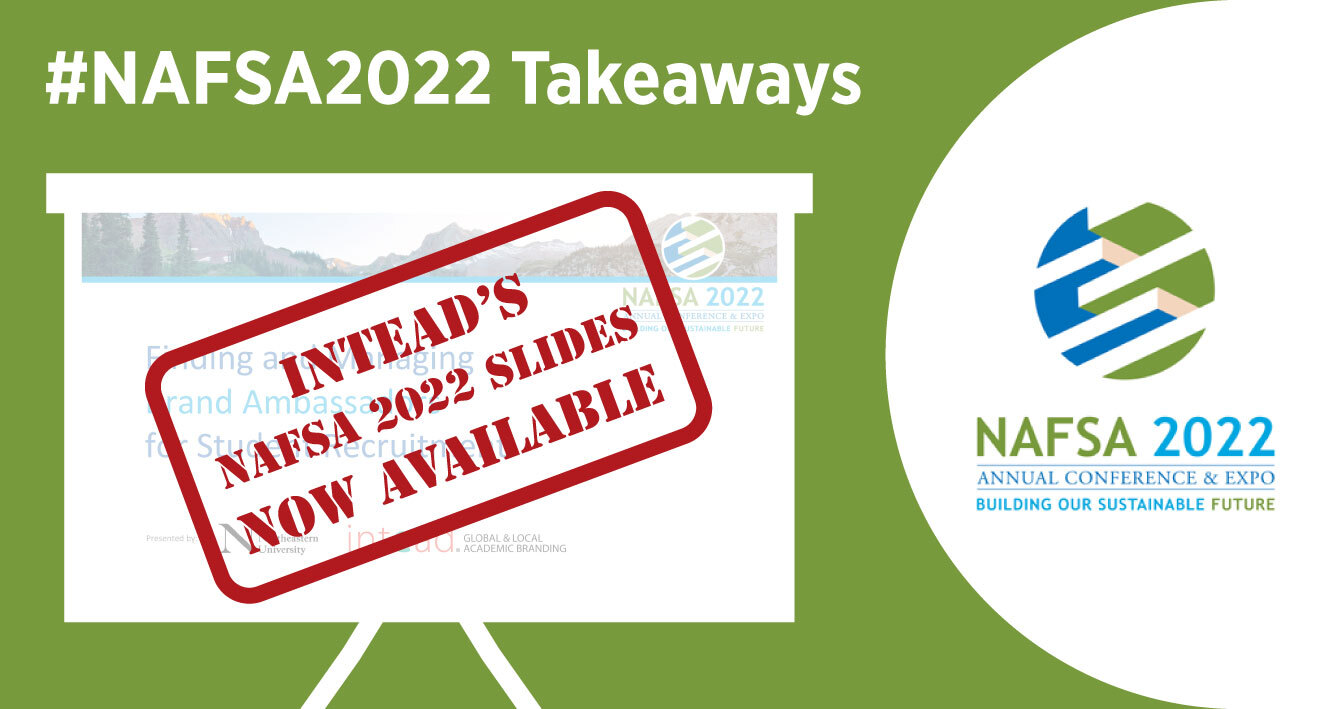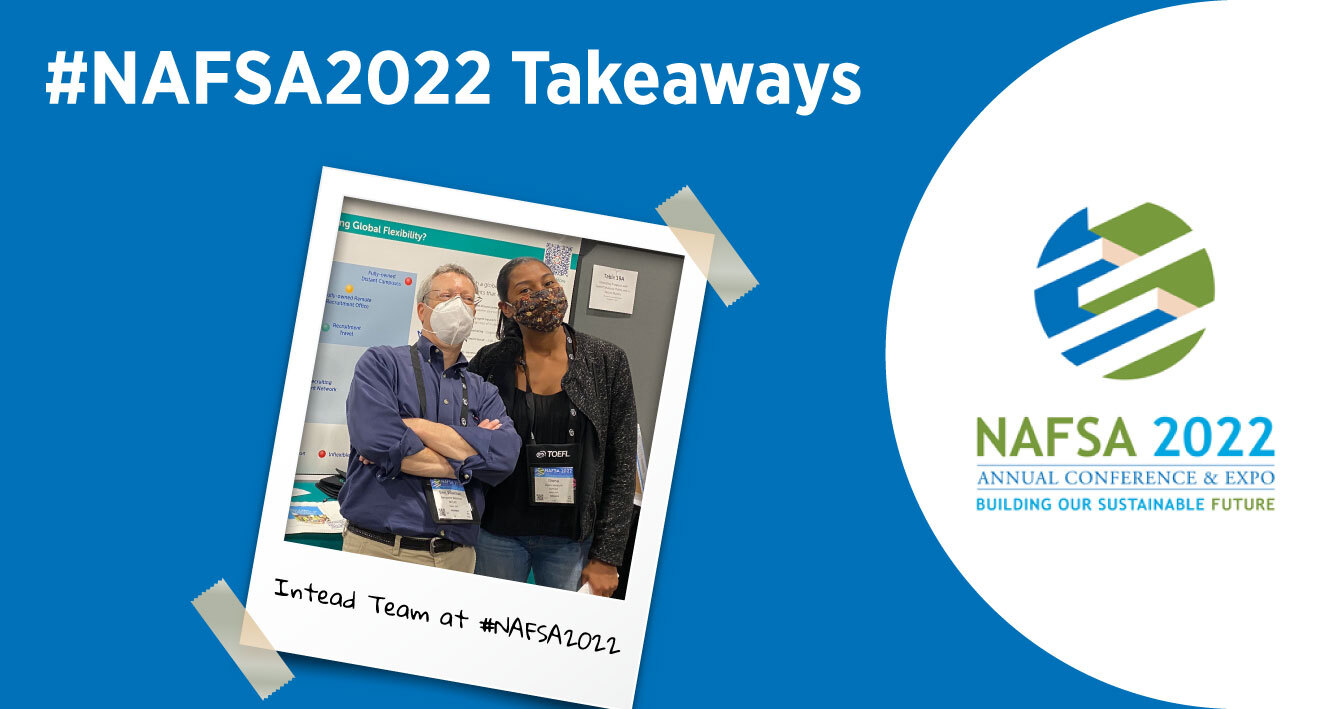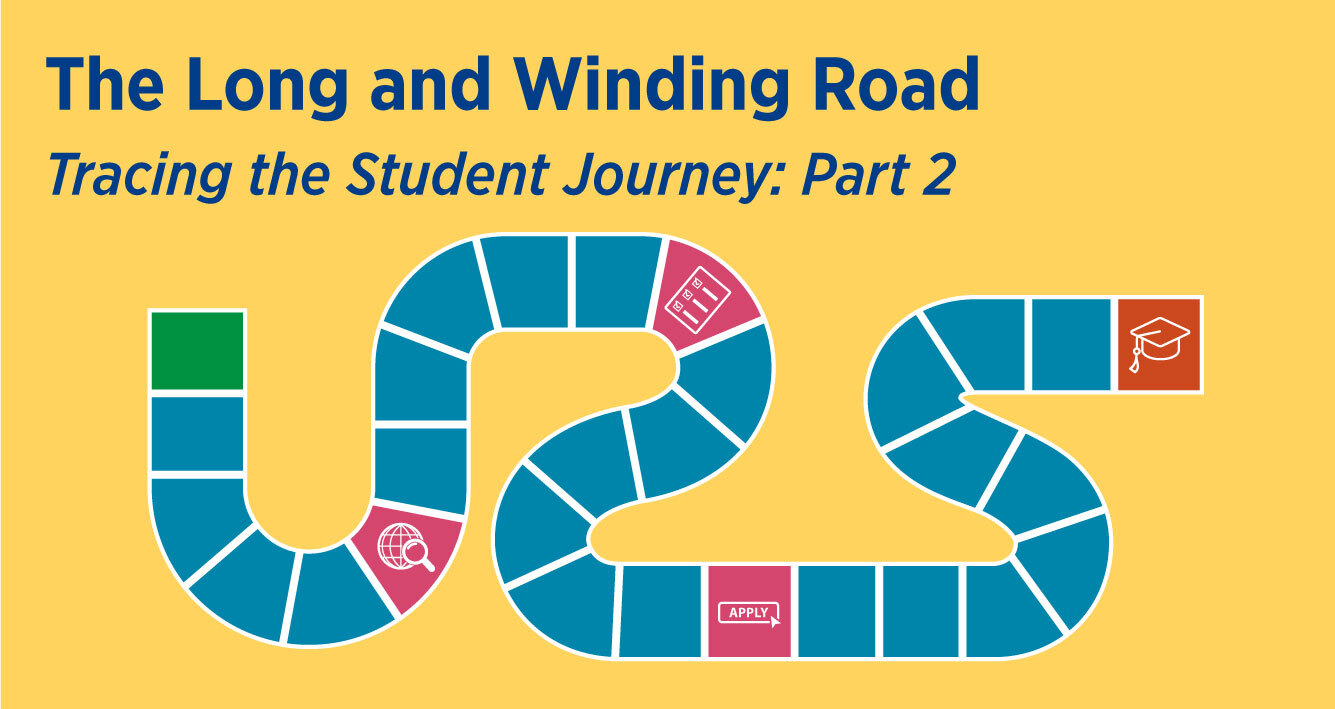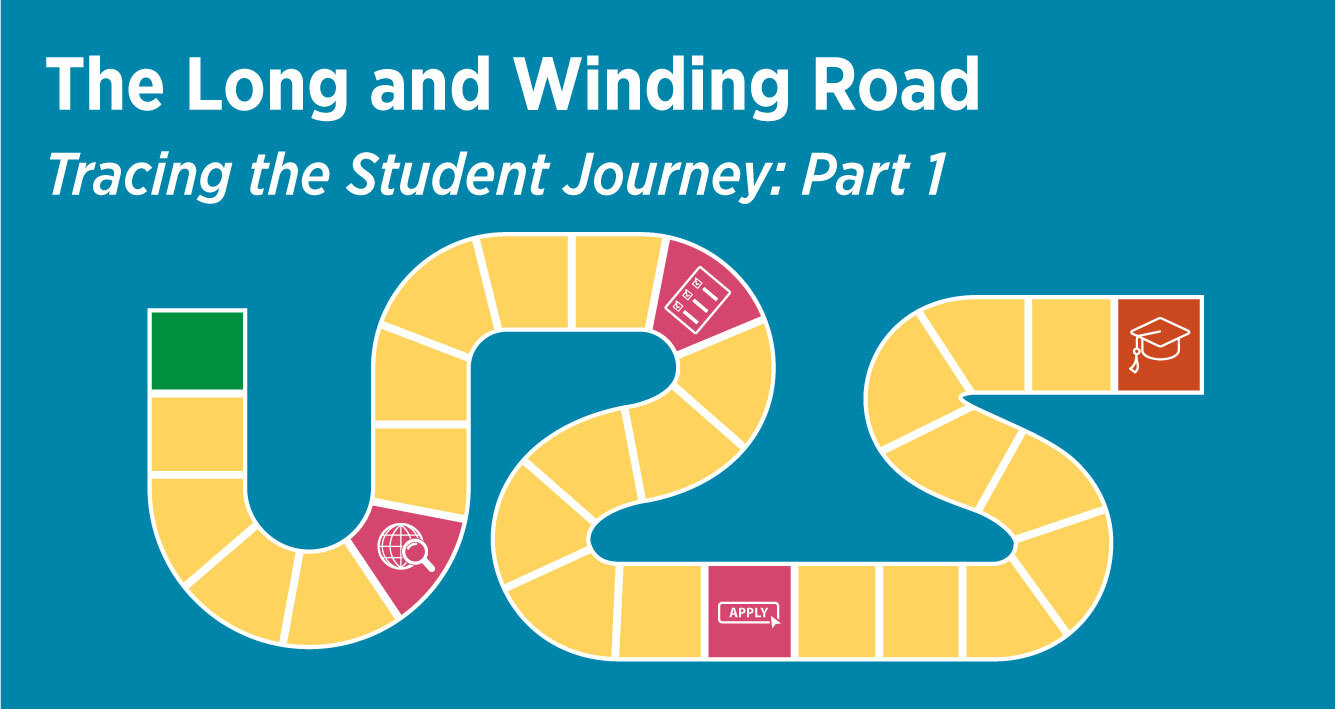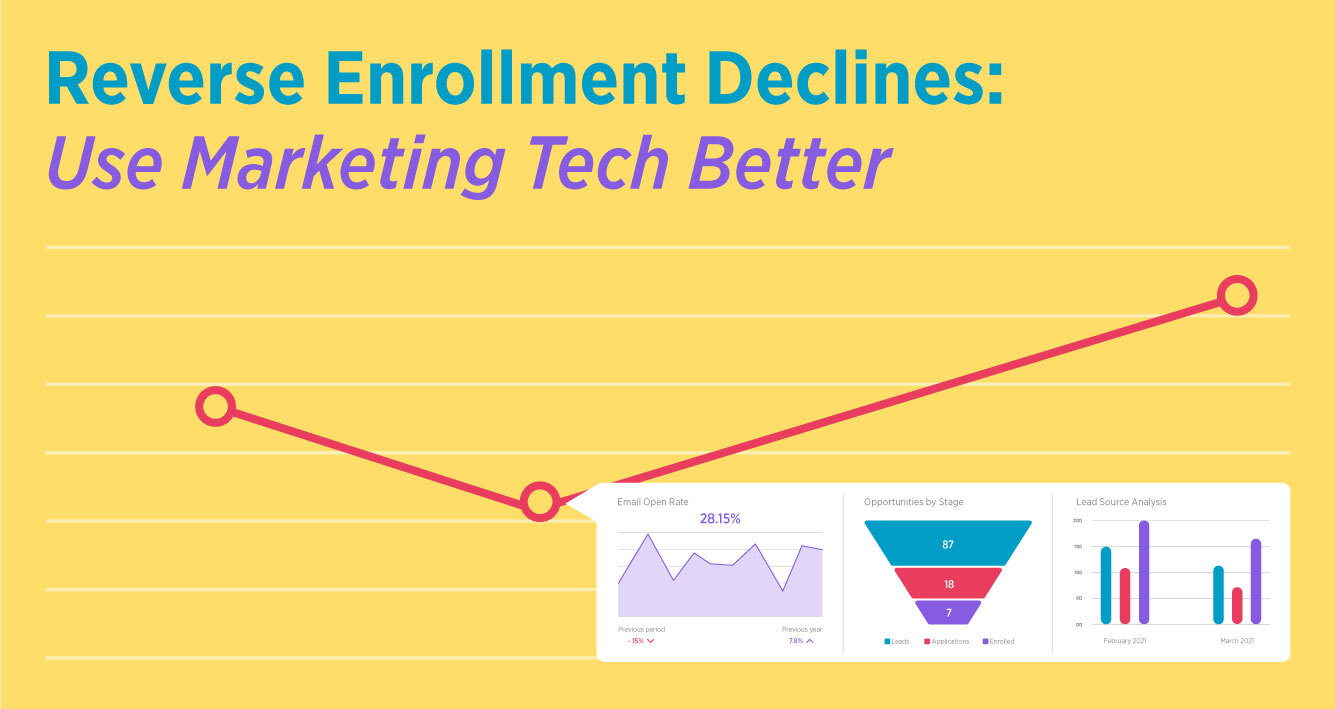…It goes further than identifying opportunities. You also need to manage them. Perhaps a renewed focus on the mechanics will move the needle more effectively?...
Our full-day workshop at San Diego State University was a truly packed day. After initial conversations about the current student recruitment landscape and the data that informs smart enrollment decisions, we broke into 3 discussion groups talking about recruiting agent management, global digital marketing, and global partners.
Attendees were free to flow from one conversation to the other as our all-star faculty held forth using the Intead Global Marketing Workbook as a guide (available through our Intead Plus subscription). It was fascinating to watch the flow of inquiries and learning throughout the day as attendees tapped the expertise they needed to formulate their global marketing plans.
And we noted the praise for the faculty perspectives gathered. Based on the feedback, participants appreciated the highly productive series of deep conversations with the opportunity for detailed answers to specific marketing/recruitment questions.
We spoke to even more colleagues at the AIRC and ICEF conferences who expressed regret that they were unable to attend our workshop due to timing and work conflicts. If you share that perspective, please let us know. We are evaluating when we might hold this event again, on the East Coast or in other locations. Send us a note. Perhaps we can make this workshop accessible to you.
In the meantime, read on for quick notable ideas from our whirlwind trip westward for AIRC, ICEF, and our workshop in between. You’ll be glad you did.
Read More

